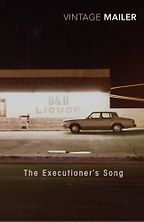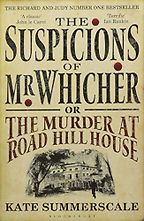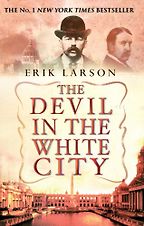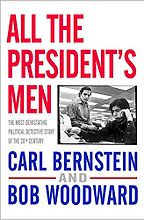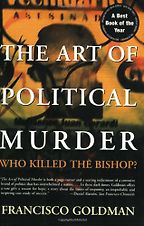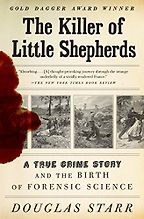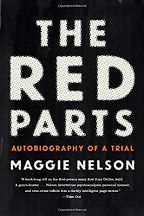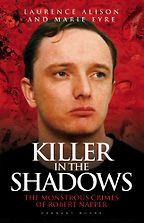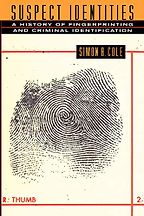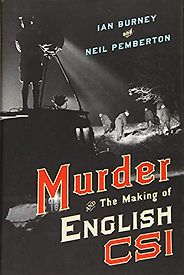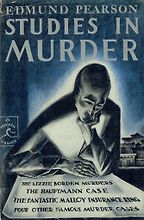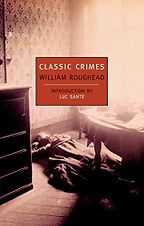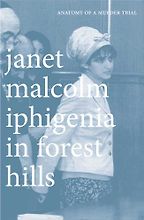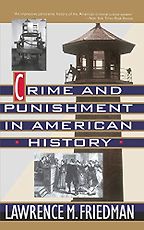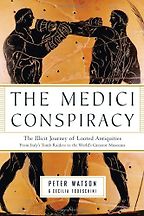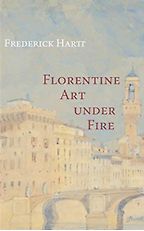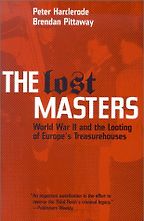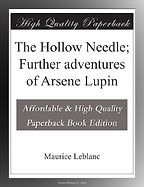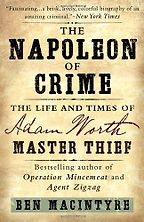True Crime Books
Last updated: November 17, 2024
True crime books have enjoyed a resurgence since the podcast Serial and Netflix series Making a Murderer woke a new generation to the thrill of real-life investigations. For the new fan, there is a rich vein of excellent narrative nonfiction ready to tap into, not least Truman Capote's classic, genre-defining In Cold Blood (1966), and Norman Mailer's The Executioner's Song (1979).
The resurgence of enthusiasm for true crime has also seen a wave of brilliant new writing in recent years. The New Yorker's David Grann, himself the author of the bestselling, award-winning Killers of the Flower Moon, highlighted in an interview some of his favourite true crime books, as did lawyer Cara Robertson, author of The Trial of Lizzie Borden.
For more specific areas of true crime, we also recommend:
The Best True Crime Books, recommended by David Grann
True crime books can be all too easily chalked up as a genre of grisly murders and cheap, voyeuristic thrills—but to do so would be to overlook compelling evidence to the contrary. David Grann, whose true crime book revisits long-forgotten, or concealed, crimes in the Osage community of Oklahoma, raises the bar with examples of true crime books rich in historical discovery, literary merit and the kind of political inquiry these murky times are calling for.
-

1
The Killer of Little Shepherds: A True Crime Story and the Birth of Forensic Science
by Douglas Starr -

2
Murder and the Making of English CSI
by Ian Burney & Neil Pemberton -

3
The Red Parts: Autobiography of a Trial
by Maggie Nelson -

4
Killer in the Shadows: The Monstrous Crimes of Robert Napper
by Laurence Alison & Marie Eyre -

5
Suspect Identities: A History of Fingerprinting and Criminal Identification
by Simon A. Cole
The best books on Forensic Science, recommended by Jim Fraser
The best books on Forensic Science, recommended by Jim Fraser
Jim Fraser, veteran forensic investigator and author of Murder Under the Microscope, selects five of the best books about forensic science. Forget what you think you know about the subject from crime fiction and television dramas, and bring a healthy scepticism: this line of work can be as much a craft as a science.
The best books on True Crime, recommended by Cara Robertson
Why do women kill? What does violence tell us about human nature? How do the methods of the criminal justice system speak to an era? Cara Robertson—a lawyer, author and expert on the famous Lizzie Borden case—picks five true crime books that deal in murder, individual psychology, public trials and justice.
The best books on Art Crime, recommended by Noah Charney
Art historian Noah Charney takes us on a grand tour of art theft and looting, taking in the Romans, Cosa Nostra and the man who stole the most famous painting in the world and didn’t know what to do with it.
